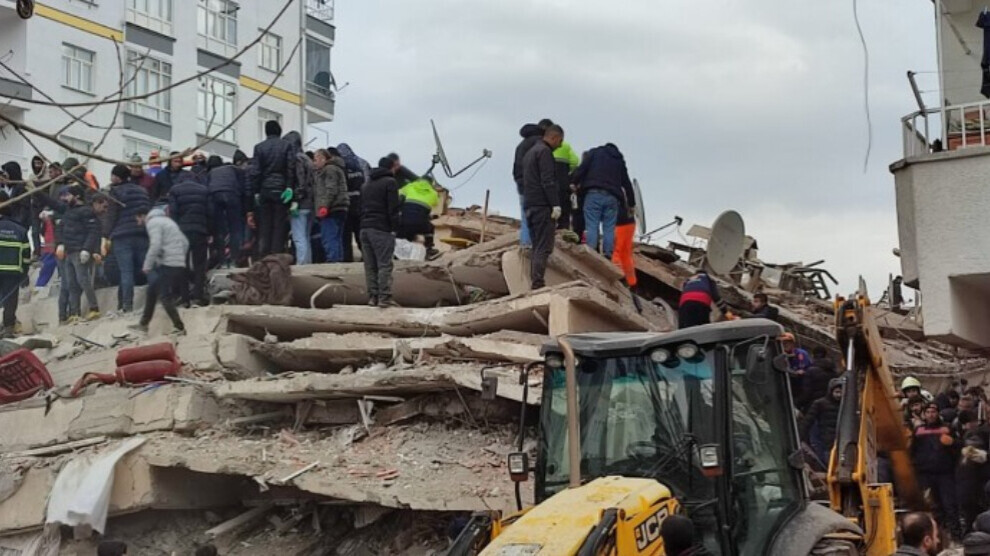AFAD says death toll from earthquakes rose to 47,975
The death toll from the earthquakes that struck northern Kurdistan and southern Turkey on 6 February has risen to 47,975, according to official data. The victims include 6,278 foreigners.
The death toll from the earthquakes that struck northern Kurdistan and southern Turkey on 6 February has risen to 47,975, according to official data. The victims include 6,278 foreigners.

Tens of thousands of people lost their lives and hundreds of thousands were injured in the earthquakes that shook Kurdistan and Turkey at 8-hour intervals on 6 February. The epicenters of the earthquakes were in Pazarcik (7.8 magnitude) and Elbistan (7.7 magnitude), in the province of Maraş.
Yunus Sezer, Chair of Turkey’s Disaster and Emergency Management Presidency, announced on Saturday that the death toll has risen to 47,975. The victims include 6,278 foreigners, he added.
According to Sezer, around 1 million and 800 thousand people are staying in tent cities and containers in the earthquake region.
The earthquake victims have been saying that Turkish state institutions do not provide support and assistance. So much so that some people lost their lives due to hypothermia (decreased body temperature) due to the inadequacies of the Turkish state. According to official statements, there is a terrible inconsistency in the numbers of destroyed buildings and the number of dead and injured. And this inconsistency brings a question to mind: "Is the balance sheet of those who lost their lives hidden?"
According to the information obtained by an unnamed source from the AKP one month ago, the number of people who lost their lives in the earthquake is much higher than the official statements. According to the information provided by the AKP official, the death toll is over 150,000.
The same source said that the Turkish Minister of Interior Süleyman Soylu called the provincial and district governorships of the earthquake area and instructed that the debris be removed as soon as possible. When the civil authorities said: “There are still people under the debris. How do we clear them without removing people?”, Soylu allegedly insisted on the instruction to load the debris on trucks and transport it from the earthquake zones. However, it was stated that some of the civil authorities took the work slowly because there could be dead or injured people in the wrecks.